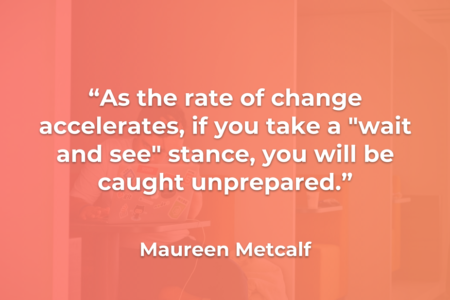Planning for 2021 Now as the IRS Has Released Inflation Adjustments for 2021
As we look forward for the coming 2021 tax season, we can start planning for 2021 with these...
Read Moreby VoiceAmerica | Oct 30, 2020 | Business | 0 |
As we look forward for the coming 2021 tax season, we can start planning for 2021 with these...
Read Moreby VoiceAmerica | Sep 25, 2020 | Variety | 0 |
Join myself and author Diane Vukovic on Oct 15/20, as we talk about her new book ‘Disaster...
Read Moreby VoiceAmerica | Jun 25, 2019 | Variety | 0 |
Join us October 17/19, as we talk to BCM expert Gillian Coyles and her topic “Resilient...
Read Moreby VoiceAmerica | Feb 26, 2019 | Variety | 0 |
Join us July 11, 2019, as we talk to Professor Geoff Wilson from the University of Plymouth (UK)...
Read Moreby VoiceAmerica | Dec 11, 2018 | Business, Influencers, VoiceAmerica | 0 |
With 2018 coming to a close, many of us are looking to 2019 and beyond. This article was...
Read Moreby VoiceAmerica | Mar 13, 2018 | Empowerment | 0 |
DrRed Says: Please join us in the planning of Merry Military Month this November. It’s also the...
Read Moreby VoiceAmerica | Jan 12, 2018 | Business | 0 |
As a business owner, the beginning of the year is an exciting time. It brings an opportunity to...
Read More







